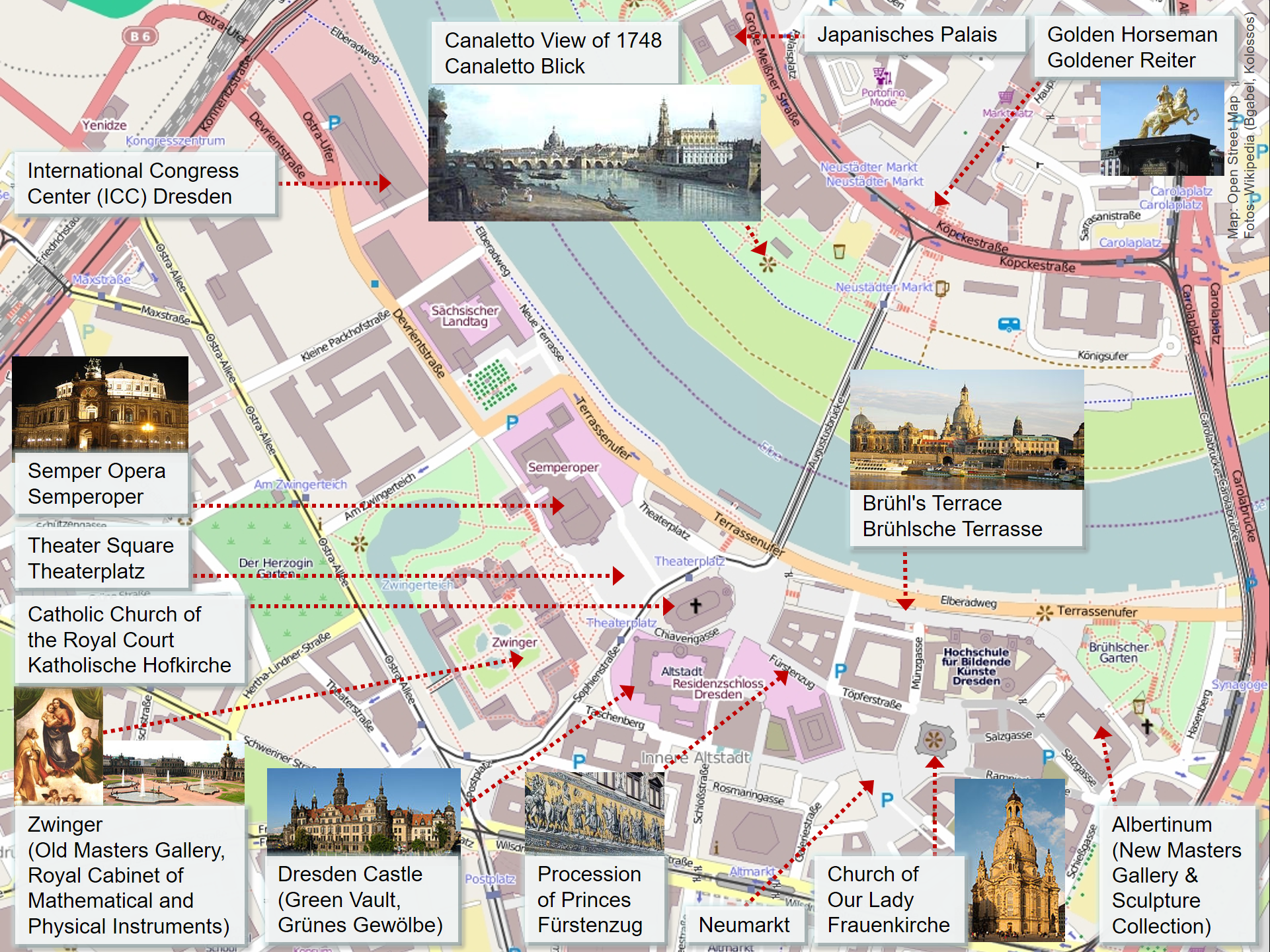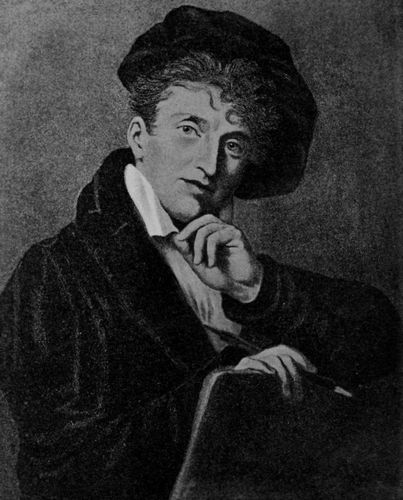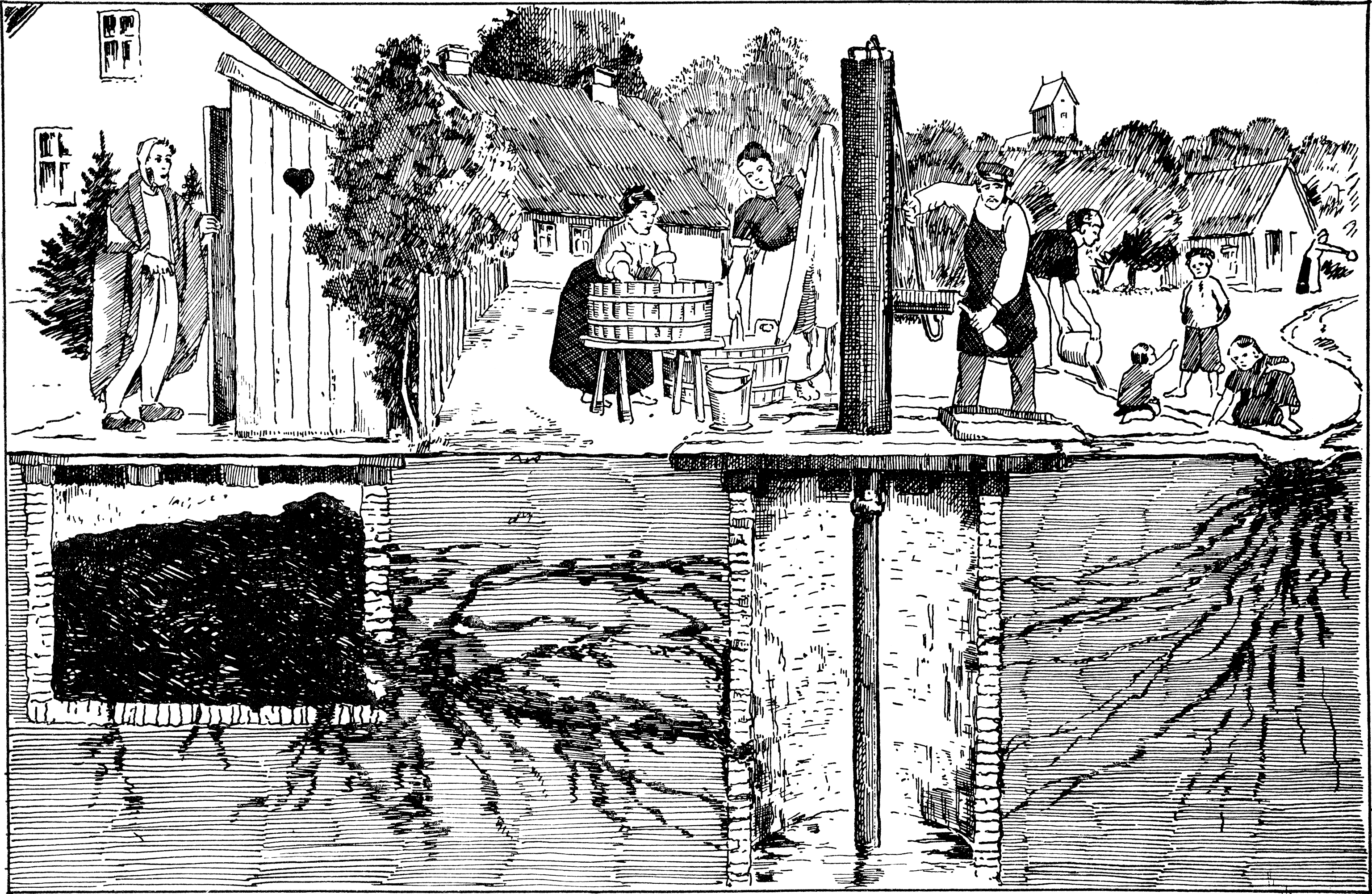|
Richard Wagner
Wilhelm Richard Wagner ( ; ; 22 May 181313 February 1883) was a German composer, theatre director, polemicist, and conductor who is chiefly known for his operas (or, as some of his mature works were later known, "music dramas"). Unlike most opera composers, Wagner wrote both the libretto and the music for each of his stage works. Initially establishing his reputation as a composer of works in the romantic vein of Carl Maria von Weber and Giacomo Meyerbeer, Wagner revolutionised opera through his concept of the '' Gesamtkunstwerk'' ("total work of art"), by which he sought to synthesise the poetic, visual, musical and dramatic arts, with music subsidiary to drama. He described this vision in a series of essays published between 1849 and 1852. Wagner realised these ideas most fully in the first half of the four-opera cycle '' Der Ring des Nibelungen'' (''The Ring of the Nibelung''). His compositions, particularly those of his later period, are notable for their complex textur ... [...More Info...] [...Related Items...] OR: [Wikipedia] [Google] [Baidu] |
Parsifal
''Parsifal'' ( WWV 111) is an opera or a music drama in three acts by the German composer Richard Wagner and his last composition. Wagner's own libretto for the work is loosely based on the 13th-century Middle High German epic poem '' Parzival'' of the '' Minnesänger'' Wolfram von Eschenbach, recounting the story of the Arthurian knight Parzival (Percival) and his quest for the Holy Grail. Wagner conceived the work in April 1857, but did not finish it until 25 years later. In composing it he took advantage of the particular acoustics of his Bayreuth Festspielhaus. ''Parsifal'' was first produced at the second Bayreuth Festival in 1882. The Bayreuth Festival maintained a monopoly on ''Parsifal'' productions until 1903, when the opera was performed at the Metropolitan Opera in New York. Wagner described ''Parsifal'' not as an opera, but as (a festival play for the consecration of the stage). At Bayreuth a tradition has arisen that audiences do not applaud at the end o ... [...More Info...] [...Related Items...] OR: [Wikipedia] [Google] [Baidu] |
Mein Leben (Wagner)
''Mein Leben'' ( German, ''My Life'') is the title given by the composer Richard Wagner to his autobiography, covering the years from his birth in 1813 to 1864. Origins On 17 July 1865 in Munich, Wagner began dictating ''Mein Leben'' to his then mistress Cosima von Bülow, whom he married in 1870. King Ludwig II of Bavaria asked him to write the memoir in a letter dated 28 May 1865: You would cause me inexpressible happiness if you were to give me an account of your intellectual and spiritual development and of the external events of your life as well. Wagner was indebted to the King, who had rescued him from a life of exile and financial embarrassment in the previous year. At around the same time in 1864, Wagner had heard the news of the death of his professional nemesis, the composer Giacomo Meyerbeer. The book therefore ends on a 'triumphant' note with the exaltation of Wagner at the death of his supposed 'enemy.' The book is amongst the most readable of Wagner's prose w ... [...More Info...] [...Related Items...] OR: [Wikipedia] [Google] [Baidu] |
Dresden
Dresden (, ; Upper Saxon: ''Dräsdn''; wen, label=Upper Sorbian, Drježdźany) is the capital city of the German state of Saxony and its second most populous city, after Leipzig. It is the 12th most populous city of Germany, the fourth largest by area (after Berlin, Hamburg and Cologne), and the third most populous city in the area of former East Germany, after Berlin and Leipzig. Dresden's urban area comprises the towns of Freital, Pirna, Radebeul, Meissen, Coswig, Radeberg and Heidenau and has around 790,000 inhabitants. The Dresden metropolitan area has approximately 1.34 million inhabitants. Dresden is the second largest city on the River Elbe after Hamburg. Most of the city's population lives in the Elbe Valley, but a large, albeit very sparsely populated area of the city east of the Elbe lies in the West Lusatian Hill Country and Uplands (the westernmost part of the Sudetes) and thus in Lusatia. Many boroughs west of the Elbe lie in the foreland of th ... [...More Info...] [...Related Items...] OR: [Wikipedia] [Google] [Baidu] |
Ludwig Geyer
Ludwig Heinrich Christian Geyer (21 January 1779 – 30 September 1821) was a German actor, playwright, and painter. Life and career Born in Eisleben, he was the stepfather of composer Richard Wagner, whose biological father had died some six months after his birth. According to Wagner's biographer Glasenapp, Geyer married Wagner's mother Johanna Rosine (née Pätz) after Wagner's birth; for his first few years Richard went under the surname Geyer. However it is possible that Geyer and Johanna did not marry legally, as no record of the marriage has been found. In his ' Autobiographic Sketch' Wagner describes him as 'a comedian and a painter; he was also the author of a few stage plays, of which one, ... ''The Slaughter of the Innocents'', had a certain success'. On his deathbed, according to Wagner, Geyer asked his mother 'has he perchance a talent for music?'. Geyer grew up in Artern and attended gymnasium in Eisleben. He started studying jurisprudence at the University of L ... [...More Info...] [...Related Items...] OR: [Wikipedia] [Google] [Baidu] |
Typhoid Fever
Typhoid fever, also known as typhoid, is a disease caused by '' Salmonella'' serotype Typhi bacteria. Symptoms vary from mild to severe, and usually begin six to 30 days after exposure. Often there is a gradual onset of a high fever over several days. This is commonly accompanied by weakness, abdominal pain, constipation, headaches, and mild vomiting. Some people develop a skin rash with rose colored spots. In severe cases, people may experience confusion. Without treatment, symptoms may last weeks or months. Diarrhea may be severe, but is uncommon. Other people may carry the bacterium without being affected, but they are still able to spread the disease. Typhoid fever is a type of enteric fever, along with paratyphoid fever. ''S. enterica'' Typhi is believed to infect and replicate only within humans. Typhoid is caused by the bacterium ''Salmonella enterica'' subsp. ''enterica'' serovar Typhi growing in the intestines, peyers patches, mesenteric lymph nodes, spleen, ... [...More Info...] [...Related Items...] OR: [Wikipedia] [Google] [Baidu] |
Jewish Quarter (diaspora)
In the Jewish diaspora, a Jewish quarter (also known as jewry, ''juiverie'', ''Judengasse'', Jewynstreet, Jewtown, or proto-ghetto) is the area of a city traditionally inhabited by Jews. Jewish quarters, like the Jewish ghettos in Europe, were often the outgrowths of segregated ghettos instituted by the surrounding Christian authorities. A Yiddish term for a Jewish quarter or neighborhood is ''"Di yiddishe gas"'' ( yi, די ייִדישע גאַס ), or "The Jewish quarter." While in Ladino language, Ladino, they are known as ''wikt:Special:Search/maalé yahudí, maalé yahudí'', meaning "The Jewish quarter". Many Europe, European and Near Eastern cities once had a historical Jewish quarter and some still have it. The history of the Jews in Iraq is documented from the time of the Babylonian captivity c 586 BC. Iraqi Jews constitute one of the world's oldest and most historically significant Jewish communities. Jewish quarters in Europe existed for a number of reasons. In some ... [...More Info...] [...Related Items...] OR: [Wikipedia] [Google] [Baidu] |
Brühl (Leipzig)
The Brühl () is a street in the centre of Leipzig, Germany, just within the former city wall. Until the 1930s, it was the international centre of fur trade. History On the corner of the Brühl and Katharinenstraße stands the Romanus house, built for the mayor of Leipzig between 1701 and 1704, and one of the finest baroque buildings remaining in the town. In the late 18th century and early 19th century, the Brühl was part of the Jewish quarter of the city. A synagogue was established in 1763, and Jews visiting the annual Leipzig Fair would lodge in the Brühl and the surrounding streets. The Brühl retained Jewish connections into the 20th century. The street was a centre of the world fur trade. Chaim Eitingon, the Russian-born 'king of the fur trade', opened a branch there in 1893, and in the 1920s the street represented one-third of the world trade in furs. Only 4.2% of Leipzigers as a whole worked in the fur industry, but 8.7% of Jewish Leipzigers did. The Brühl was ... [...More Info...] [...Related Items...] OR: [Wikipedia] [Google] [Baidu] |
Leipzig
Leipzig ( , ; Upper Saxon: ) is the most populous city in the German state of Saxony. Leipzig's population of 605,407 inhabitants (1.1 million in the larger urban zone) as of 2021 places the city as Germany's eighth most populous, as well as the second most populous city in the area of the former East Germany after ( East) Berlin. Together with Halle (Saale), the city forms the polycentric Leipzig-Halle Conurbation. Between the two cities (in Schkeuditz) lies Leipzig/Halle Airport. Leipzig is located about southwest of Berlin, in the southernmost part of the North German Plain (known as Leipzig Bay), at the confluence of the White Elster River (progression: ) and two of its tributaries: the Pleiße and the Parthe. The name of the city and those of many of its boroughs are of Slavic origin. Leipzig has been a trade city since at least the time of the Holy Roman Empire. The city sits at the intersection of the Via Regia and the Via Imperii, two important medie ... [...More Info...] [...Related Items...] OR: [Wikipedia] [Google] [Baidu] |
Wagner Family Tree
The family of the composer Richard Wagner: Family of Carl Friedrich Wagner Carl Friedrich Wilhelm Wagner (1770–1813), a police actuary ∞ 1798 Johanna Rosine Pätz (1778–1848), daughter of a baker (after being widowed, in 1814 she becaome the partner of the painter, actor and writer Ludwig Geyer (1779–1821), whose rumoured paternity of Richard Wagner is neither substantiated nor disproved). # Albert Wagner (1799–1874), opera singer and stage director ∞ 1828 Elise Gollmann (1800–1864) ## Franziska Wagner (1829–1895) ∞ 1854 Alexander Ritter (1833–1896), musician and composer ## Marie Wagner (1831–1876) ∞ 1851 Karl Jacoby, merchant ## Johanna Wagner (adopted) (1828–1894), daughter of Eduard Freiherr von Bock von Wülfingen, opera singer and actress ∞ 1859 Alfred Jachmann (1829–1918), district administrator # Carl Gustav Wagner (1801–1802) # Rosalie Wagner (1803–1837), actress ∞ 1836 Oswald Marbach (1810–1890), university professor # Carl ... [...More Info...] [...Related Items...] OR: [Wikipedia] [Google] [Baidu] |
Antisemitism
Antisemitism (also spelled anti-semitism or anti-Semitism) is hostility to, prejudice towards, or discrimination against Jews. A person who holds such positions is called an antisemite. Antisemitism is considered to be a form of racism. Antisemitism has historically been manifested in many ways, ranging from expressions of hatred of or discrimination against individual Jews to organized pogroms by mobs, police forces, or genocide. Although the term did not come into common usage until the 19th century, it is also applied to previous and later anti-Jewish incidents. Notable instances of persecution include the Rhineland massacres preceding the First Crusade in 1096, the Edict of Expulsion from England in 1290, the 1348–1351 persecution of Jews during the Black Death, the massacres of Spanish Jews in 1391, the persecutions of the Spanish Inquisition, the expulsion from Spain in 1492, the Cossack massacres in Ukraine from 1648 to 1657, various anti-Jewish pogroms in th ... [...More Info...] [...Related Items...] OR: [Wikipedia] [Google] [Baidu] |








